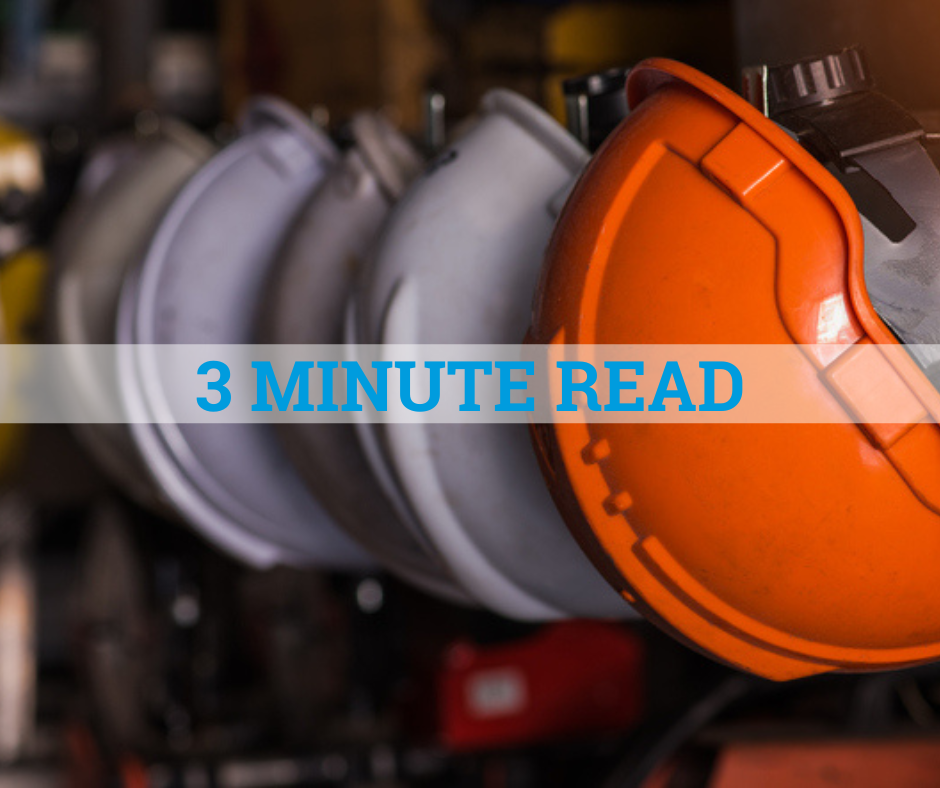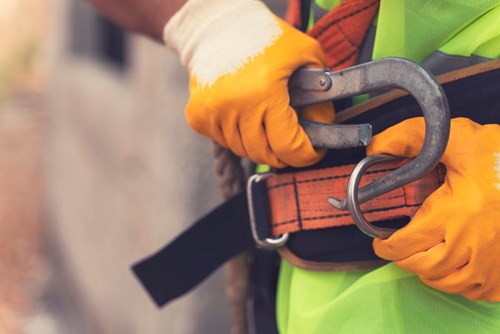
It’s no secret that the construction industry can be more dangerous than many other types of work. According to the Bureau of Labor Statistics, there were more than 174,000 nonfatal construction injuries and illnesses in 2020 alone. OSHA also reports that construction workers made up 20% of private industry fatalities.
These dangers are exactly why it’s essential for construction companies to have safety plans in place for each job site. A good safety program can help companies avoid accidents and keep workers safe and healthy. However, it’s not always obvious how to make a safety plan for construction sites. Below, we’ll break down how to create effective plans to protect your construction workers and your business.
What Is A Construction Safety Plan?
A construction safety plan is a written document used to protect workers on job sites. This plan should outline the various rules, procedures, and policies designed to:
- Put measures in place to prevent accidents
- Outline response plan following accidents or other safety issues
- List medical services and emergency contacts
- Detail the review process for any on-site incidents
- Highlight safety goals for the construction site
What Does A Construction Safety Plan Template Look Like?
While every construction site safety plan will differ from location to location, the majority of plans will include the same types of information. The following construction safety plan example outlines common details that you may want to include in your documentation.
- Company information
- Name, address, and phone number
- Person who approved the site safety plan and approval date
- Site information
- List of responsible individuals, such as project manager, site safety officer, etc.
- Description of the project, work location, and site condition
- Employees, subcontractors, and other individuals covered by this specific construction safety plan
- Names of individuals involved in the project
- Job descriptions/roles
- Contact information
- Site rules
- Personal protective equipment (PPE)
- Fall protection
- Safety hazard identification
- Lockout/tagout
- Hand and power tools
- Fire safety
- First aid
- Restricted areas
- Emergency contact information
- Name, location, and phone number of nearby medical emergency facilities
- Name, location, and phone number for police department
- Name and phone number for any leadership that need to be informed about incidents

Best Practices For Construction Safety Plans
While the elements listed above can help you create a solid safety plan, there are ways in which you can maximize the impact of your risk management efforts. Keep the following best practices in mind when you create and maintain your construction company’s safety plans.
Embrace OSHA’s fall protection standards
Slips, trips, and falls are one of the biggest pain points for construction sites. Fall protection is the most frequently cited OSHA violation, making fall protection standards and employee requirements especially important for safety plans. Want to learn more specifics on what businesses should know about fall protection? Check out our post on OSHA’s fall protection standards.
Make personal protective equipment (PPE) a requirement
Good protective equipment is another cornerstone for proper risk management in the construction industry. Anything from hard hats to hand protection can be necessary depending on the work being done on a site. Make sure to document what PPE is required on your job site, when and how it must be worn, and proper procedures for storing and maintaining PPE over time.
Stay flexible
While a construction company’s safety plan should be made before any work is done, that doesn’t mean it can’t change over time. Important plan details can and should be adjusted as necessary.
Being flexible with your construction site’s safety plan will help your company address new hazards and make job sites safe and compliant . It’s best to review your plans at least once a year to stay on top of any new potential hazards or other risks.
Consider various weather conditions
The weather can create new safety issues for a construction project. If your site is outdoors or can be impacted by weather conditions, you’ll want to evaluate the work space for potential risks caused by rain, extreme heat, and more. Any identified risks should be added to your plan to make sure everyone is prepared regardless of the weather.
Maintain ongoing safety education
A safety plan doesn’t have to be a one-time teaching tool. In addition to updating your plans on a regular basis, don’t be afraid to discuss important aspects of your plans during construction safety meetings. Tackling topics ranging from fall protection to first aid can help reinforce the rules set in your safety plans and keep employees informed about how to protect themselves.
Protect Your Business With A Construction Safety Plan
Between accidents and rising workers’ compensation costs, it’s important for construction companies to invest in workplace safety. GMS partners with businesses to create thorough plans, complete jobsite inspections, and protect your company through other workplace safety strategies. In turn, business owners can limit accidents and control workers’ compensation costs.
Ready to take a proactive approach to workplace safety? Contact GMS today to see how we can protect your business while you focus your valuable time on growing your business.